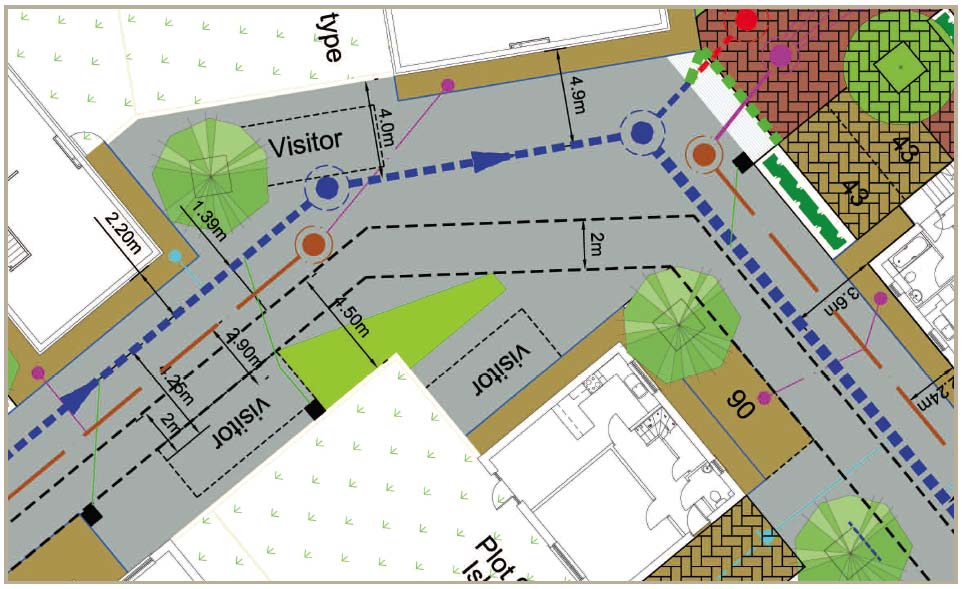Drainage
Drainage systems can be defined as subsurface and surface. Surface drains are designed to remove excess runoff from the land which would otherwise cause localised flooding. Subsurface drainage is designed to remove excess water from the soil mass. Land drainage systems can be designed for agricultural purposes or for flood alleviation. Our civil engineers are mainly concerned with the design of urban foul- and storm water drainage systems.
The term “sewage” is applied to the contents of sewers carrying the waterborne wastes of a community. Sewerage systems convey domestic and industrial wastewaters, and runoff from precipitation, safely and economically to a point of disposal. In Britain a combined foul water drainage system is most common in the urban areas. This means that one network of sewers collects foul sewage and stormwater. Domestic sewage is the discharge from water closets, sinks, baths, and washing machines in the offices, schools, homes, factories etc. Industrial effluent is the waterborne waste of industry. Storm water drainage systems handle rainwater.
Modern developments are typically separate systems, which means that they are designed to exclude storm water. Storm water drainage systems then handle rainwater separate to the foul drainage systems.
Provision of sewerage for an urban area requires careful design. Before design can begin, the flow and variations in flow must be estimated, and peak flow calculated. In addition, any subterranean features, including other utilities, which could interfere with construction must be located. The potential danger to health and to environment untreated sewage may pose makes the design of drainage systems a task which requires accurate prediction of the capacity requirements for each pipe length within the system.
The discharge of wastewaters to surface and underground waters in Britain is governed by Part 2 of the Control of Pollution Act 1974. Hence the design of storm sewers follows “The Wallingford procedure”, which includes maps of Britain with meteorological and soil data, computer programmes, procedure and method of analysis. The choice for the appropriate materials for the system is dependent on cost and service life.
Overall, the main design objective for the foul and storm water drainage systems is economy. Foul water drainage systems are typically made of clay, cementitious, ferrous or plastic materials. The choice of materials may make differing demands on the installation costs of buried pipelines. Existing pipe-bedding standards need to be met. Native ground conditions and the influence of trench width needs to be considered. Gravel beds, vs. high-modulus bedding material. Manner of joining and house connections to main sewers. Possible thermal movements for above-ground pipelines and even load distribution at supports must be taken into account. You get the gist. There is a lot what needs to be considered when designing drainage systems and we have the know-how.


